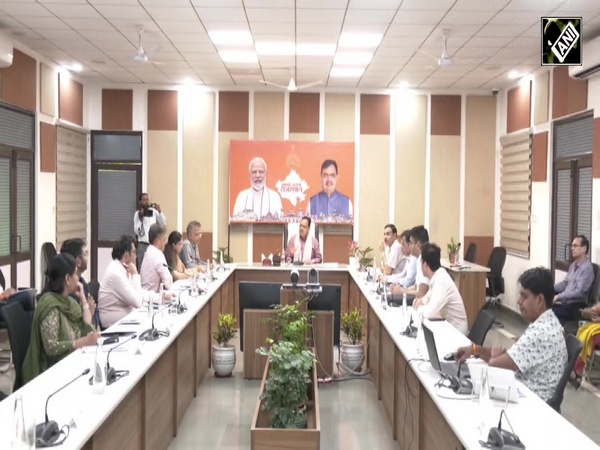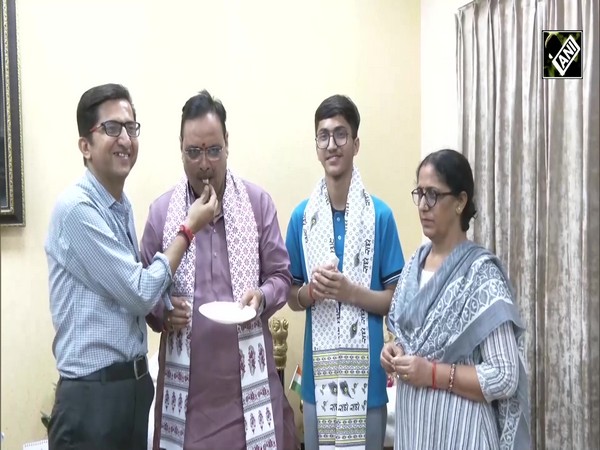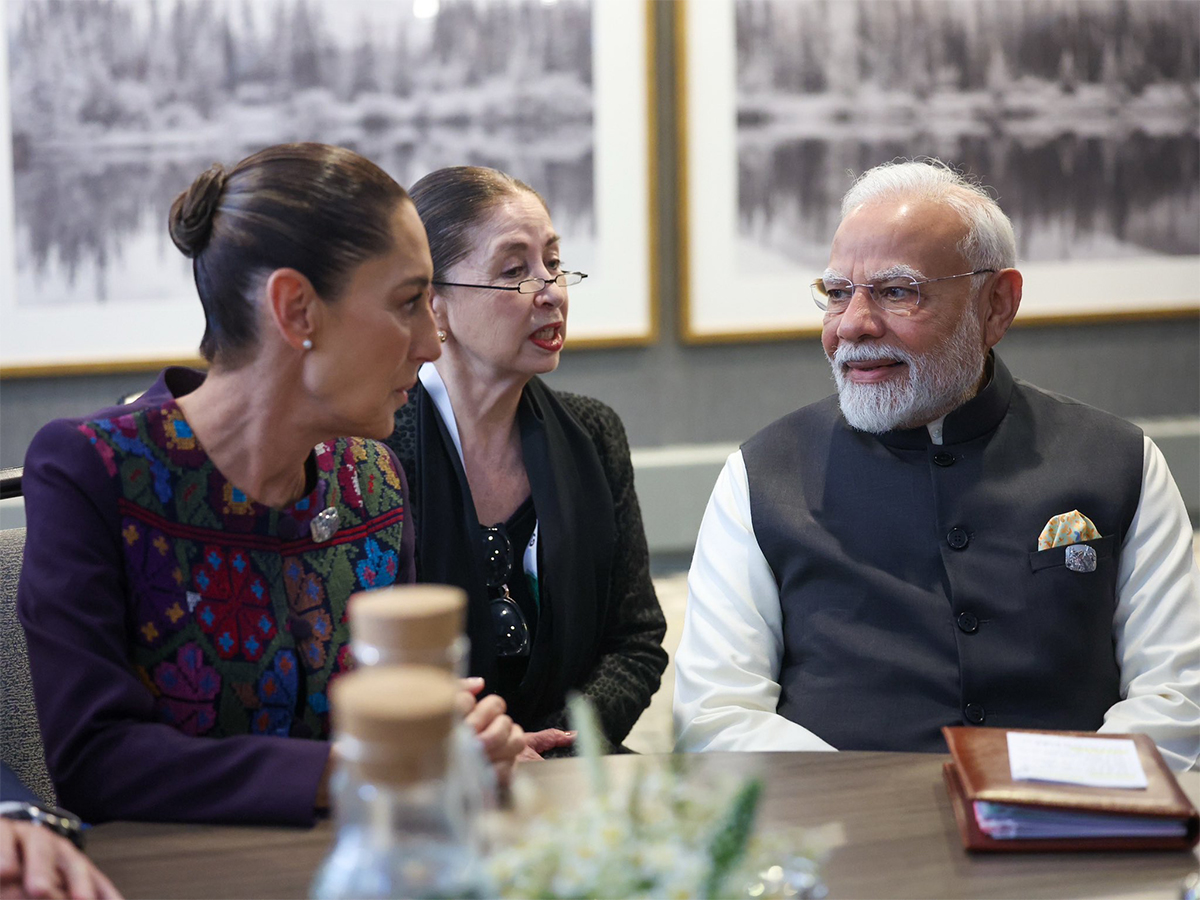
"States should focus on low-cost but high-impact interventions to mitigate disaster risks": Principal Secretary to PM
Jun 17, 2025
New Delhi [India], June 17 : The two-day Annual Conference of Relief Commissioners and State Disaster Response Force (SDRF) of States and UTs-2025, organised by the Ministry of Home Affairs (MHA), concluded in New Delhi today. PK Mishra, Principal Secretary to the Prime Minister, chaired the valedictory session, Ministry of Home Affairs said in an official statement.
Speaking on the occasion, P K Mishra said that this annual conference is more than a routine--it's a shared opportunity to reflect, recalibrate, and reinforce our collective approach to disaster risk management. Observing that the nature of disasters is changing, he said that we must accept this reality i.e. hazards are interconnected, impacts are multiplying, and risks are evolving faster than we are adapting.
P K Mishra highlighted the actions to be focused in the days to come, which will strengthen our position in a long run: Preparedness and awareness is crucial for tackling increasing uncertainty on disaster occurrence. The hazard and vulnerability landscape are changing and so should enhance the preparedness level of the states and for better transition from relief and response approach to preparedness and mitigation approach, states need to institutionalise the lessons learnt. This is essential, so that insights from the past disasters are not forgotten.
He emphasised that while India's DRR financing model has been acknowledged at the Global Platform on DRR held in Geneva on 4-6 June, States should ensure for proper utilisation of recovery and mitigation funds.
He added the need to highlight India's vast geography, which mandates that besides a robust national disaster response force, states should assess and invest in capacity augmentation of agencies involved in the disaster relief operations, as per the ministry.
Disaster preparedness is not a matter of hours but is a matter of minutes, as every minute taken in mobilisation and starting relief operation counts. Thus, the speed of response should be improved. There is still a lot to be done on the early warning from for certain disasters, PK Mishra highlighed, according to the release.
He also emphasised, "Potential of loss in certain disasters is found to be more than estimated. For example, drought has the potential to severely affect lives and livelihood. These days lightning is coming forth as one of the largest-fatality disasters. Hence, our mitigation efforts should be re-calibrated to tackle these kind of disasters."
"States should focus on low cost but high impact interventions to mitigate disaster risks. Urban flooding solutions need to keep in mind the local geographical and climatic conditions," he emphasised.
He pressed on Volunteer mobilisation like involvement of community through Aapda Mitra is very important for enhancing the effectiveness of disaster response, adding that states should realise the role Jan-Bhagidari can play in saving lives in the aftermath of disasters.
Highlighting the importance of data in disaster management, he urged the use of PM's Gati Shakti layers in making DM Plans, according to the release.
The two-day conference was attended by over 1000 delegates from State Governments/ UTs, Ministries/ Departments/ Organizations of Central Government and from SDRFs/Civil Defence/ Home Guards/Fire Services in the States/UTs.
During the conference, various sessions were organized and the experts dwelled upon the subjects like Early Warning, Post Disaster Need Assessment, Urban floods management, new challenges and adoption of new technologies, Role of Disaster Response Forces, Mock exercises, volunteerism, etc. the release added.























